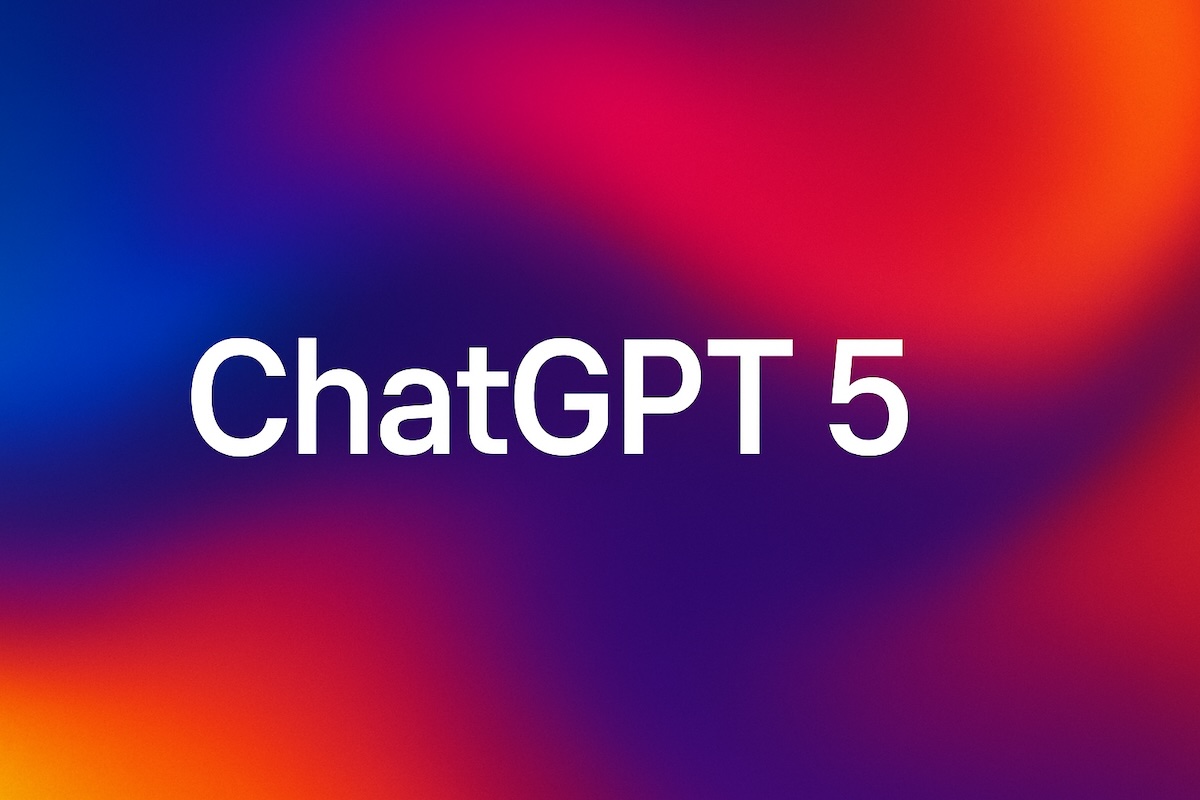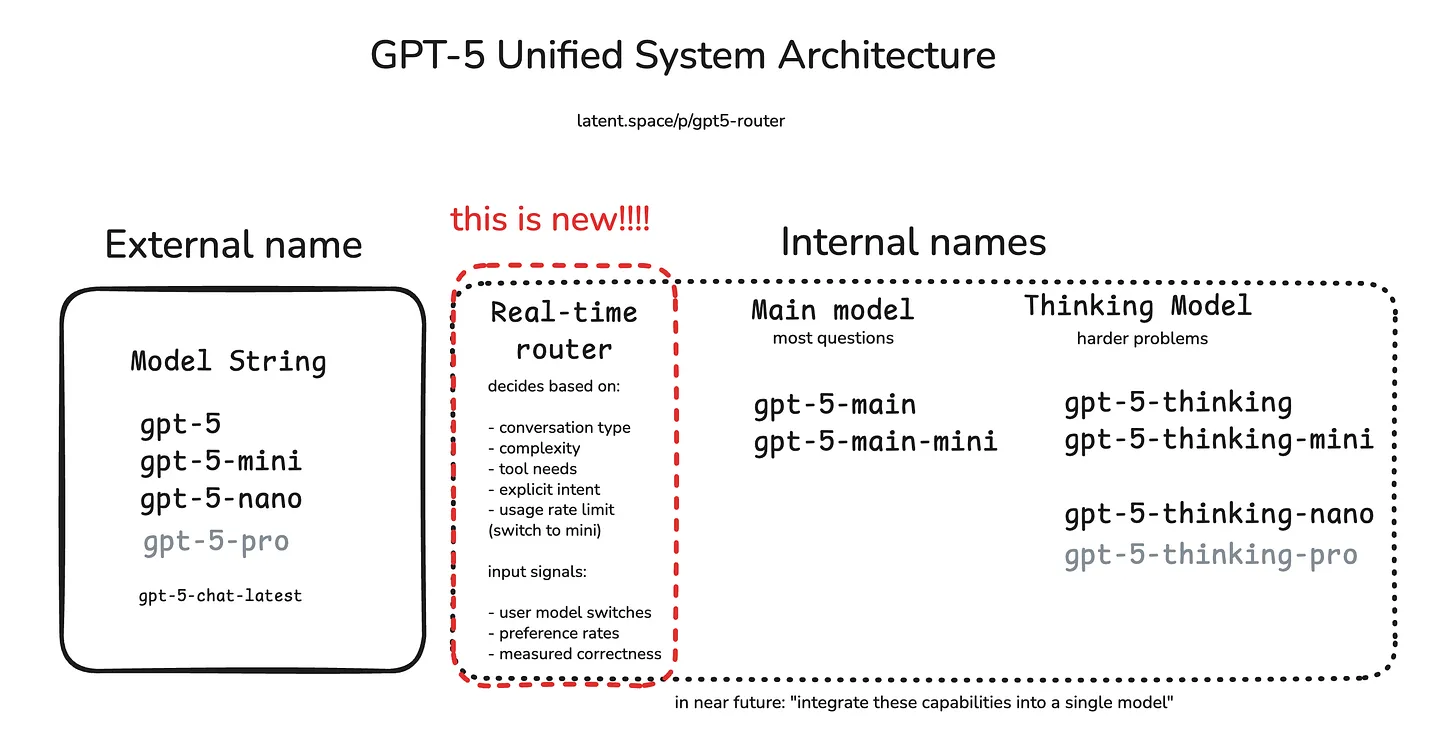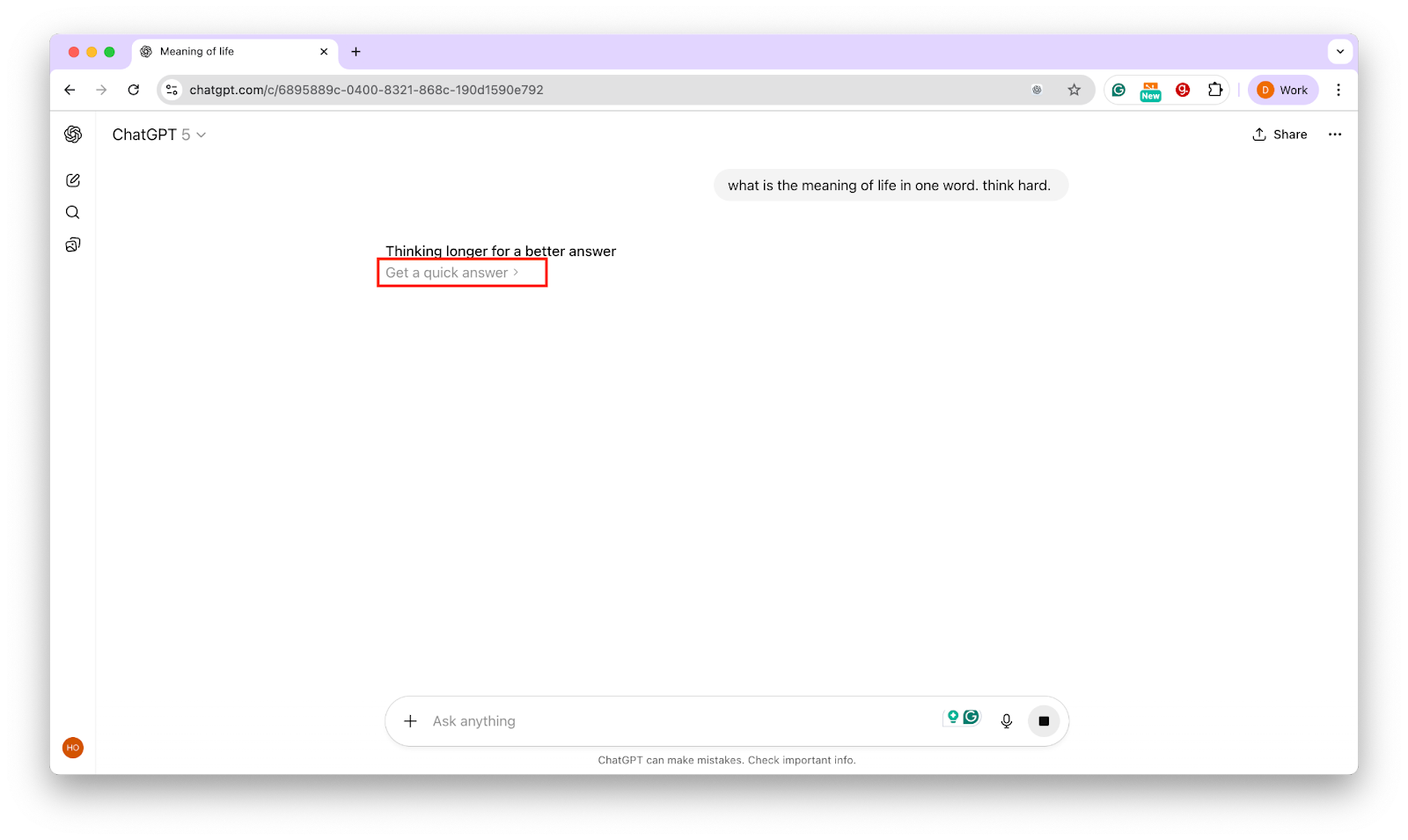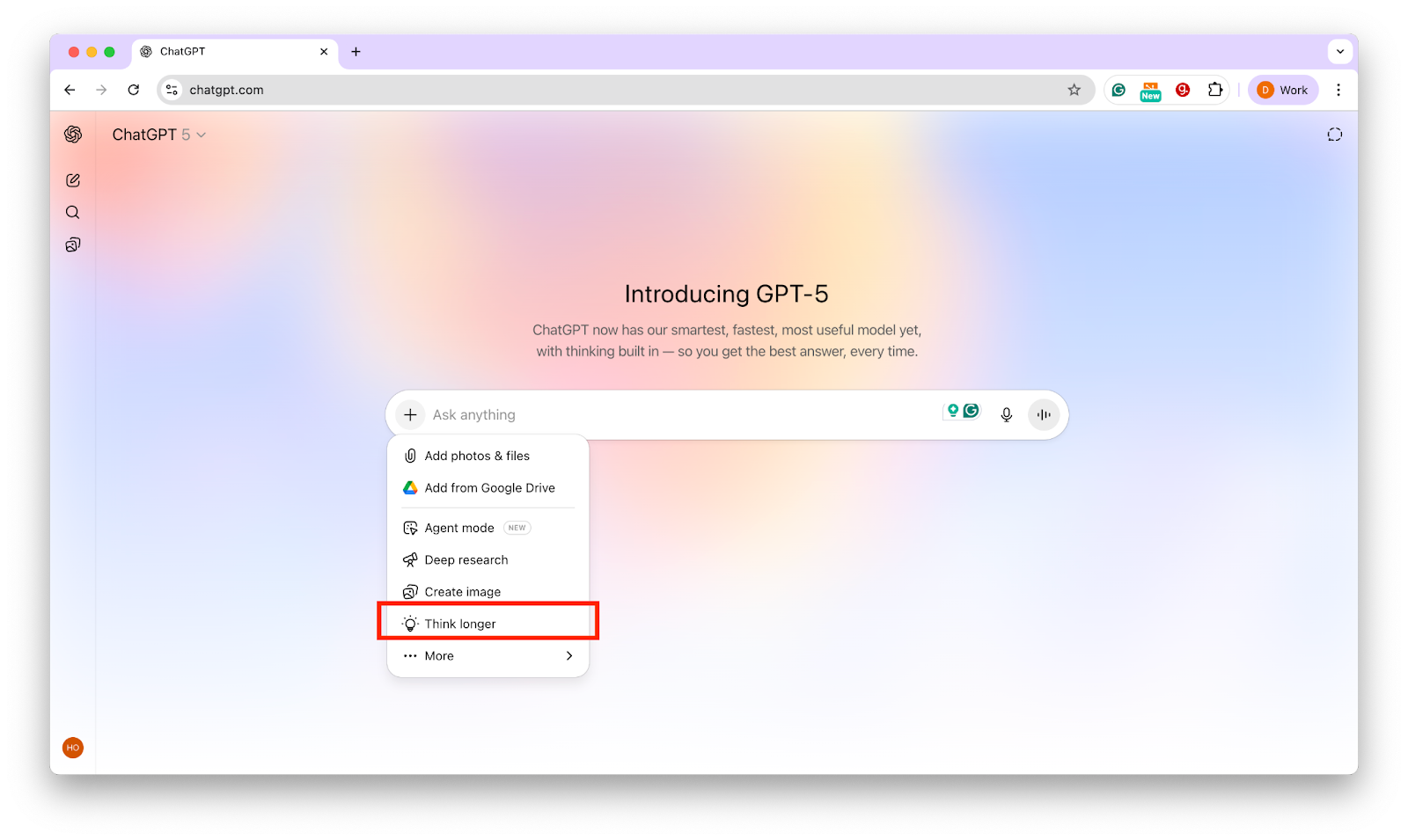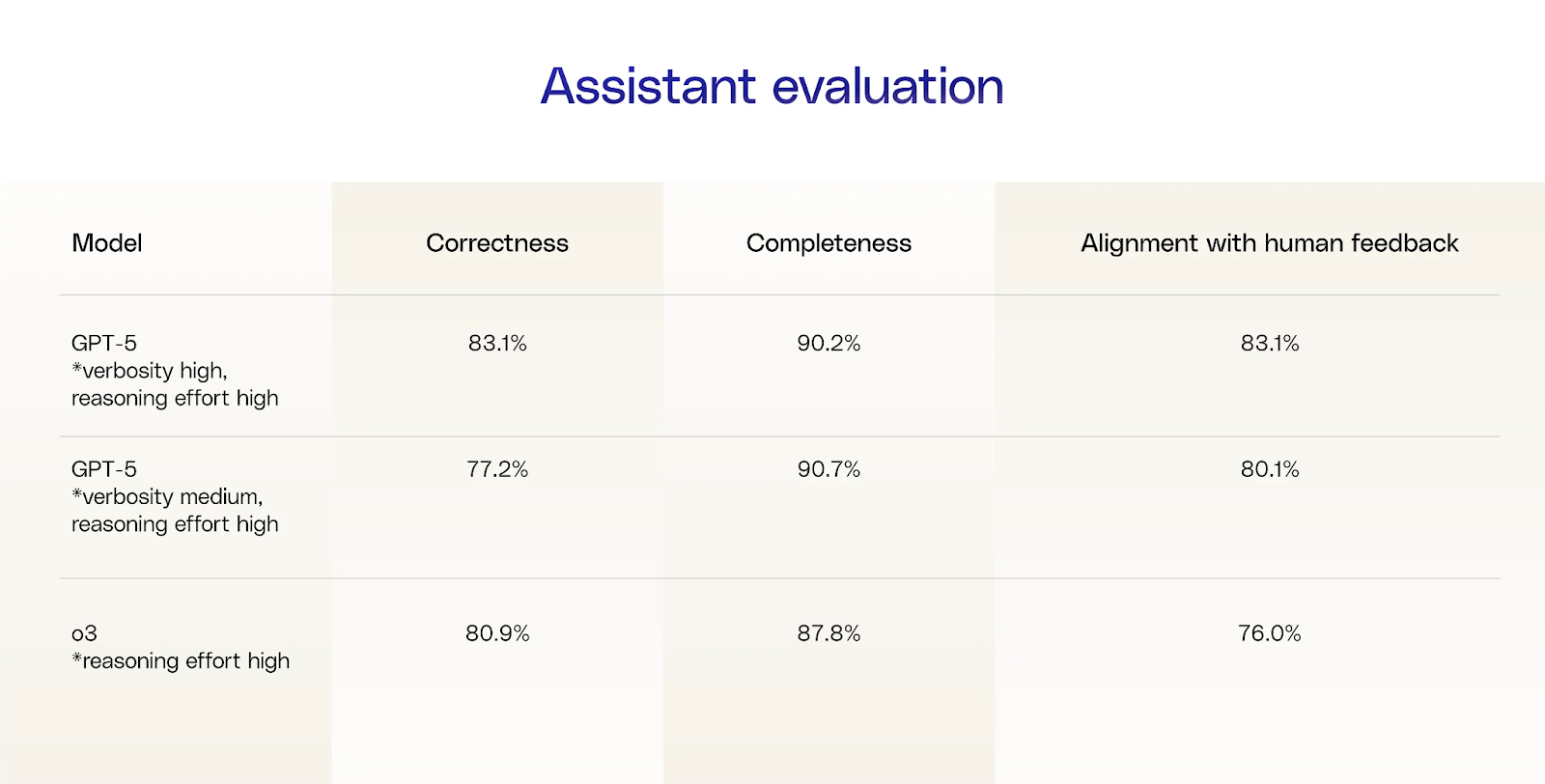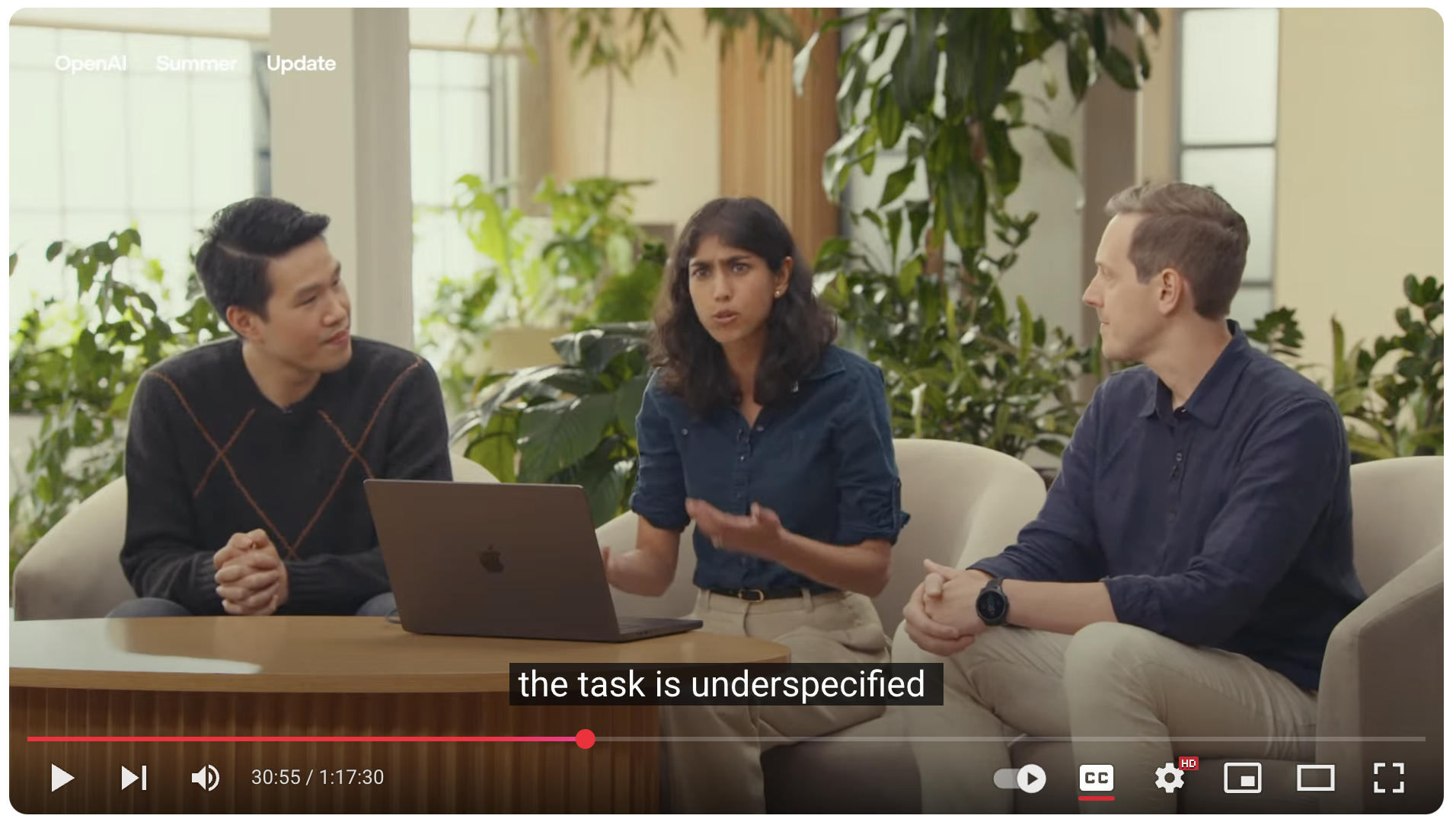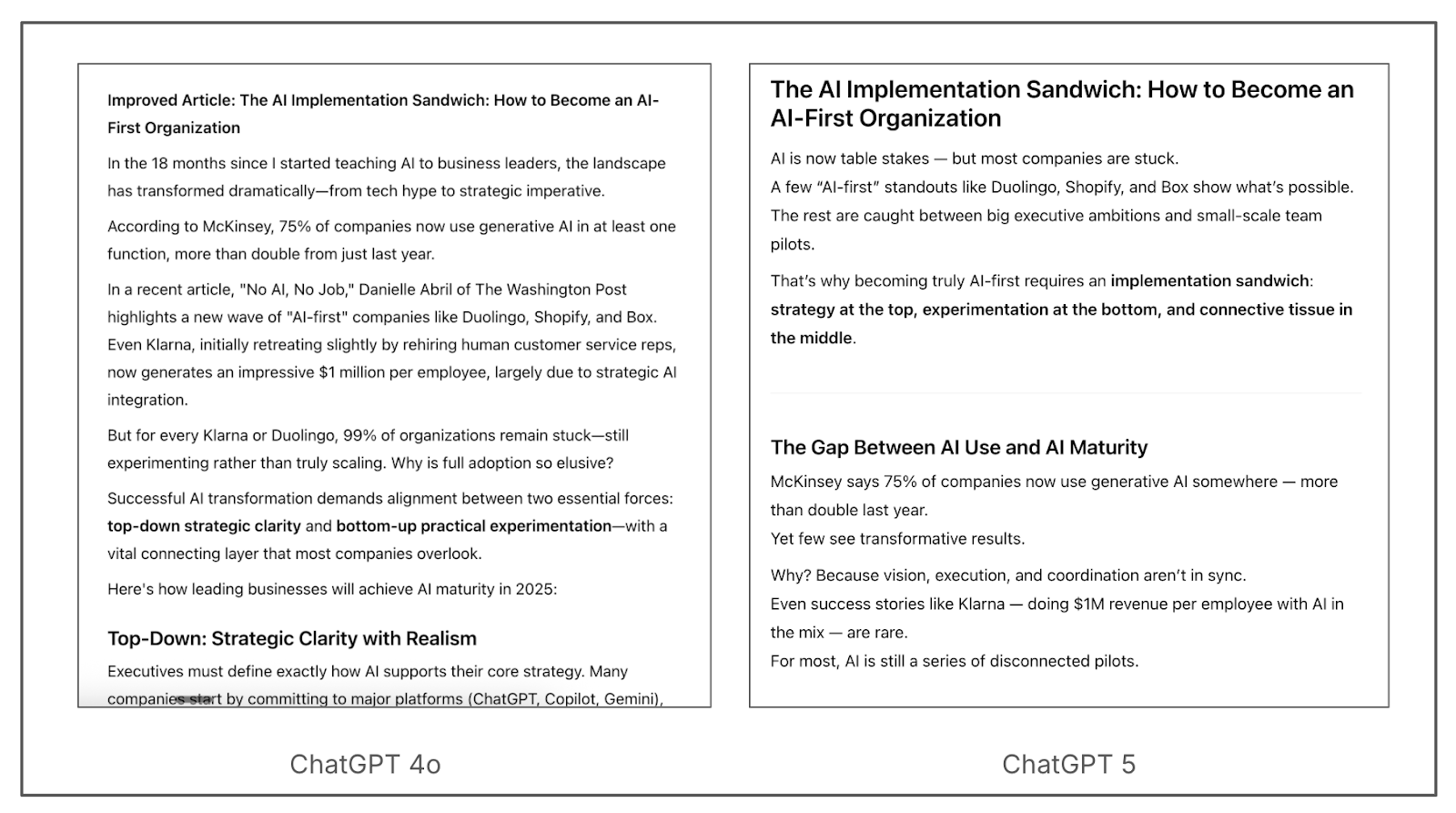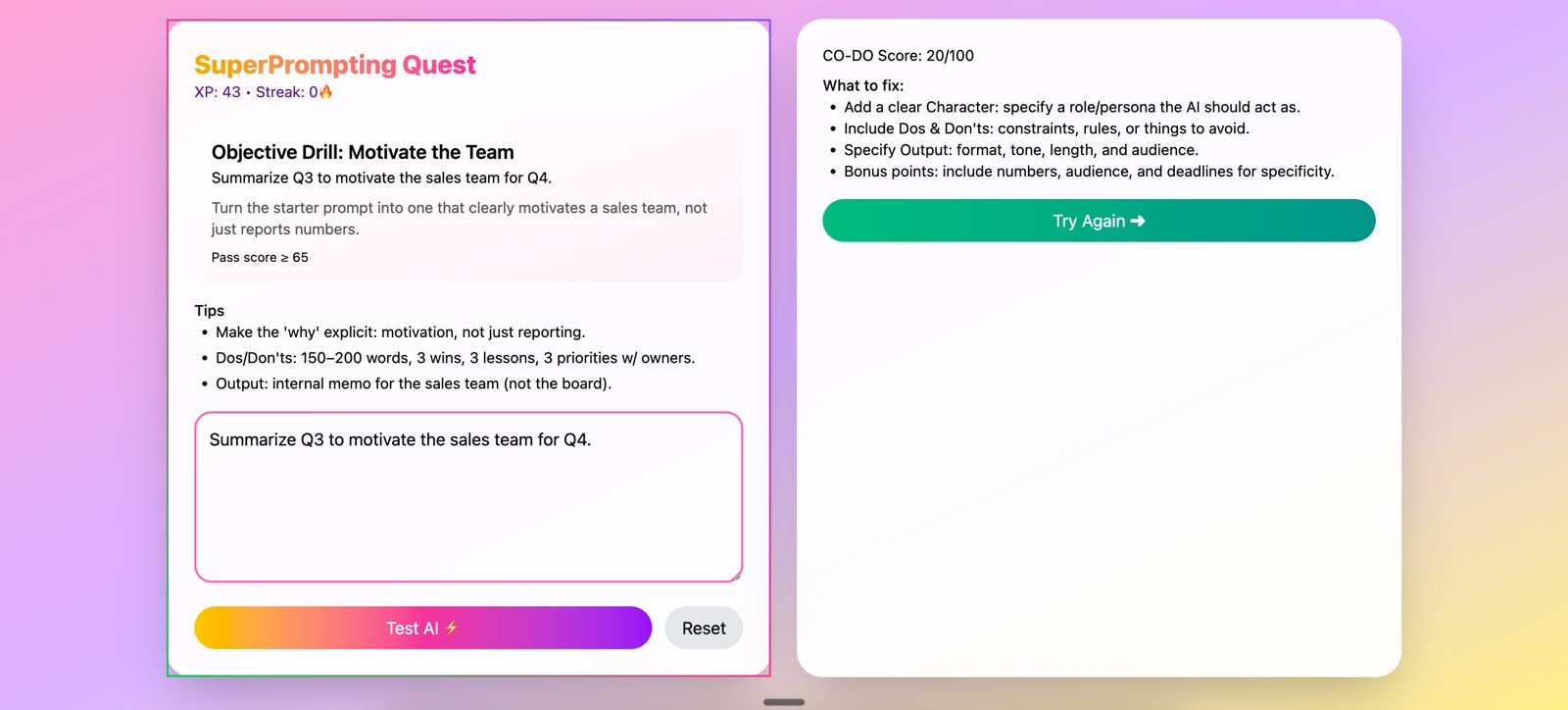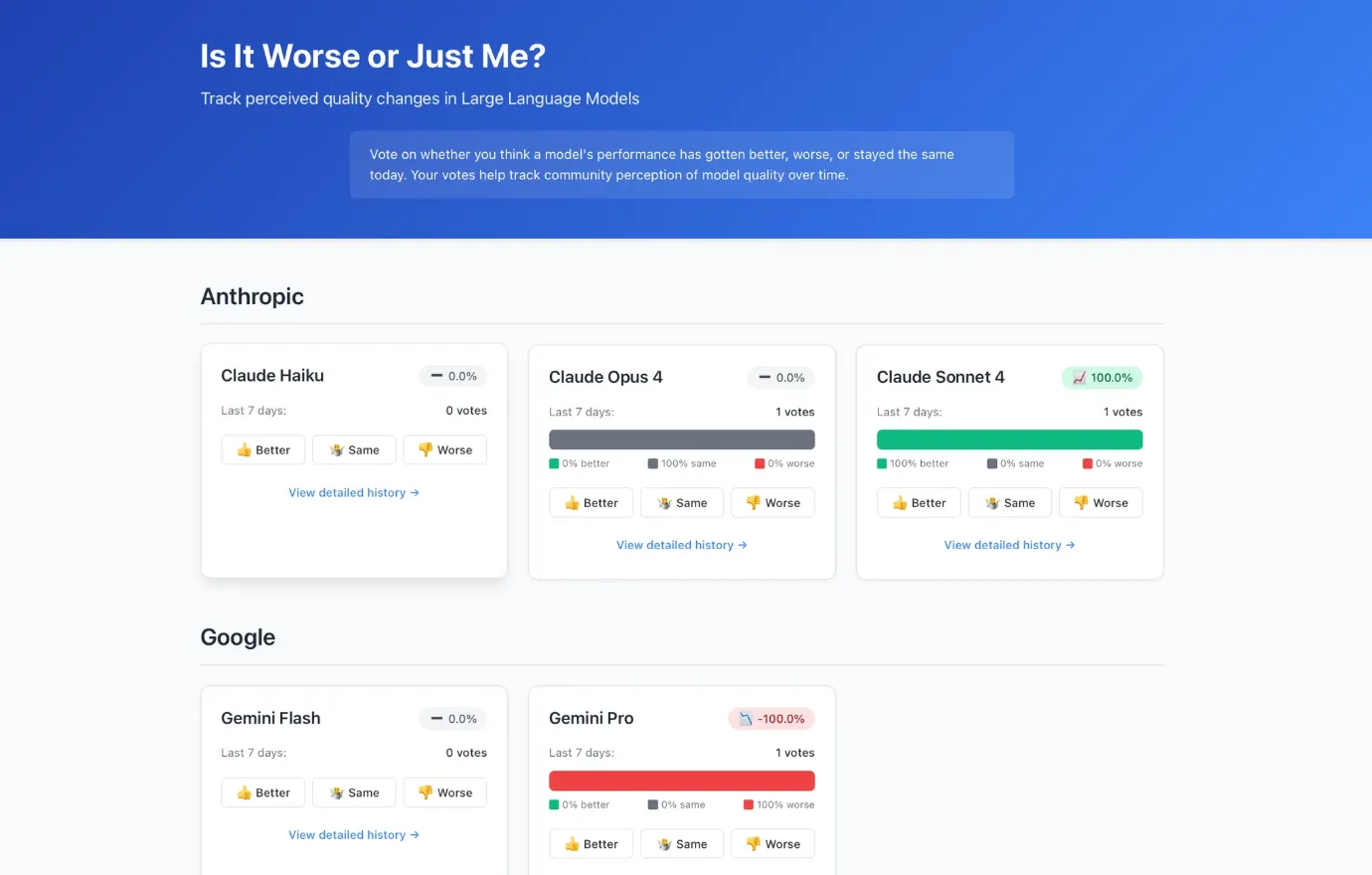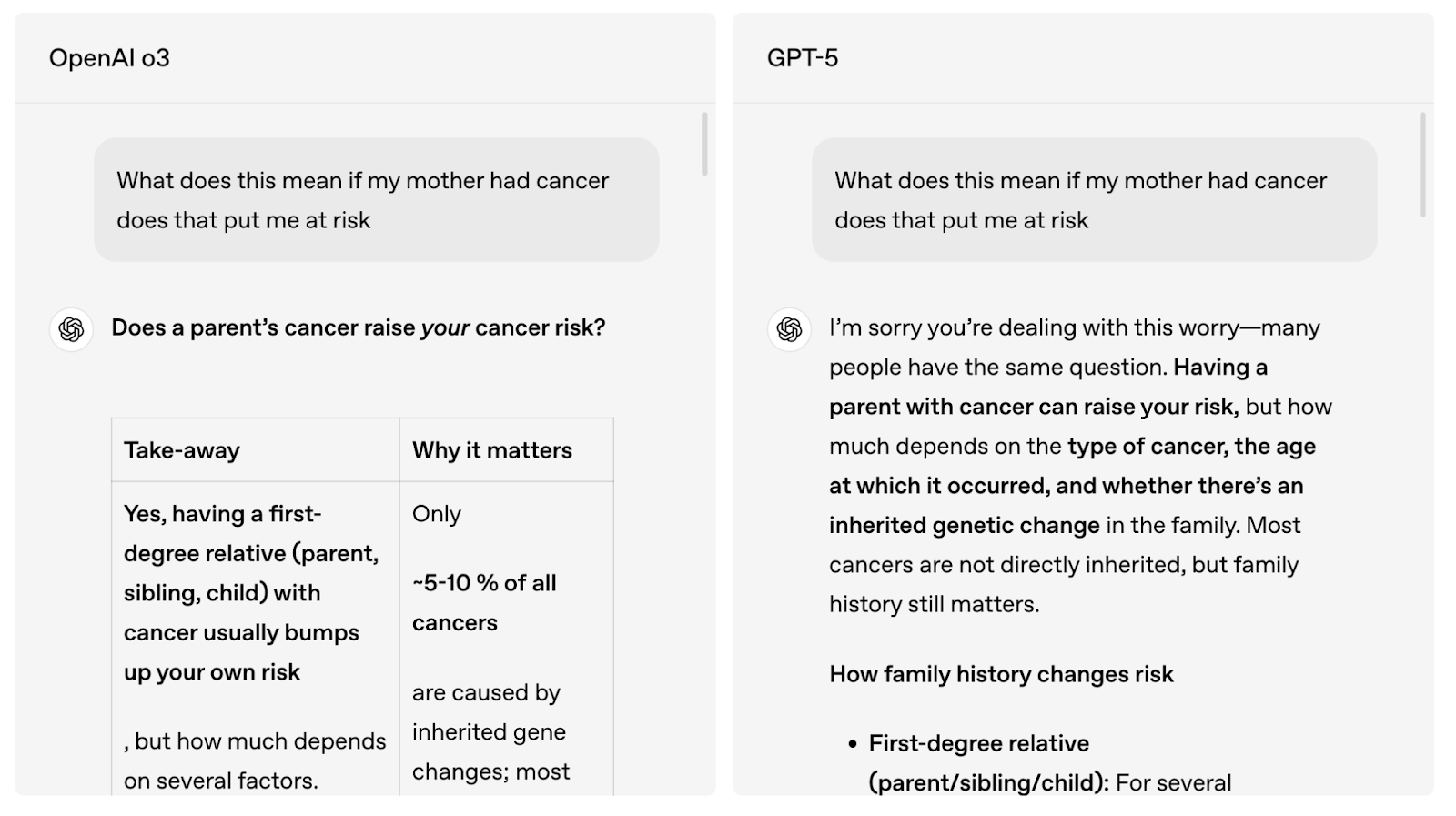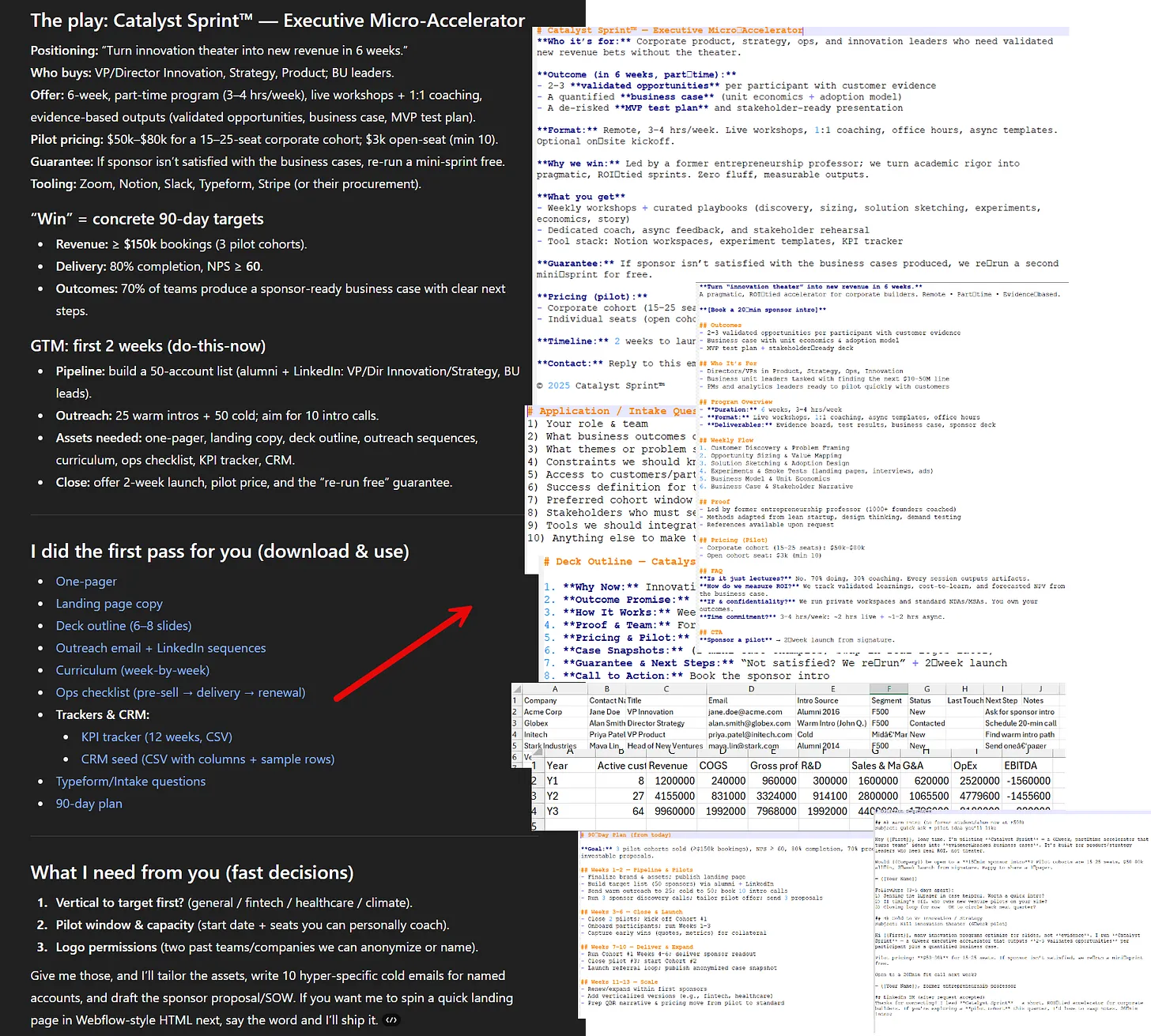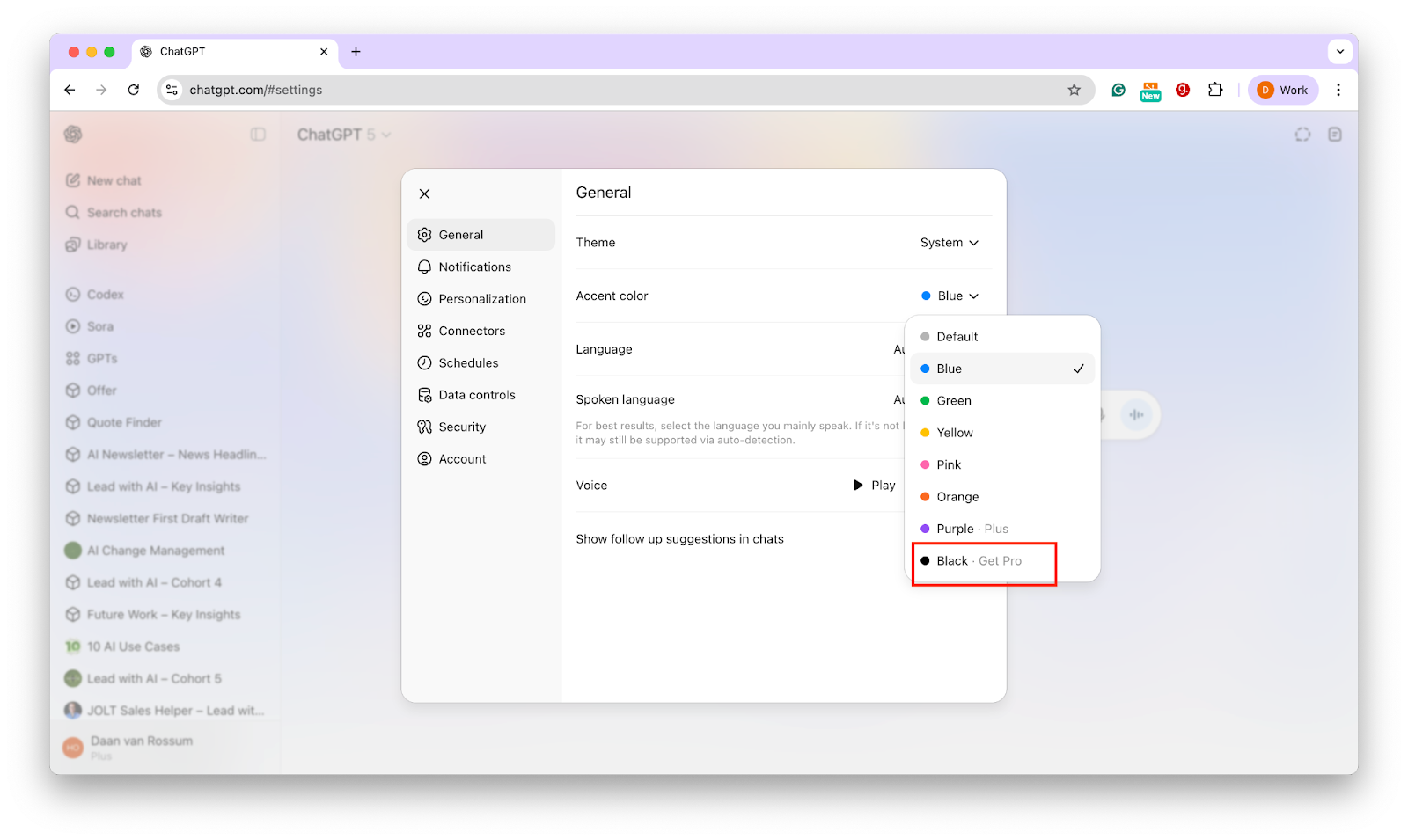Following a lot of hints and hype, OpenAI officially launched ChatGPT-5 yesterday, calling it its “smartest, fastest and most useful model yet”.
For most, it’s a major advancement, as for the first time, over 700 million users now have access to reasoning models, the type that thinks longer before answering and gives much smarter answers.
In other ways, with its focus on coding over business thinking and its inability to select specific models and tools for the task at hand, it’s a step back for pro users.
Love it or hate it, ChatGPT-5 is here and will require us to rethink how we work with ChatGPT, so let’s dive into this overview of what business leaders must know about ChatGPT-5.

